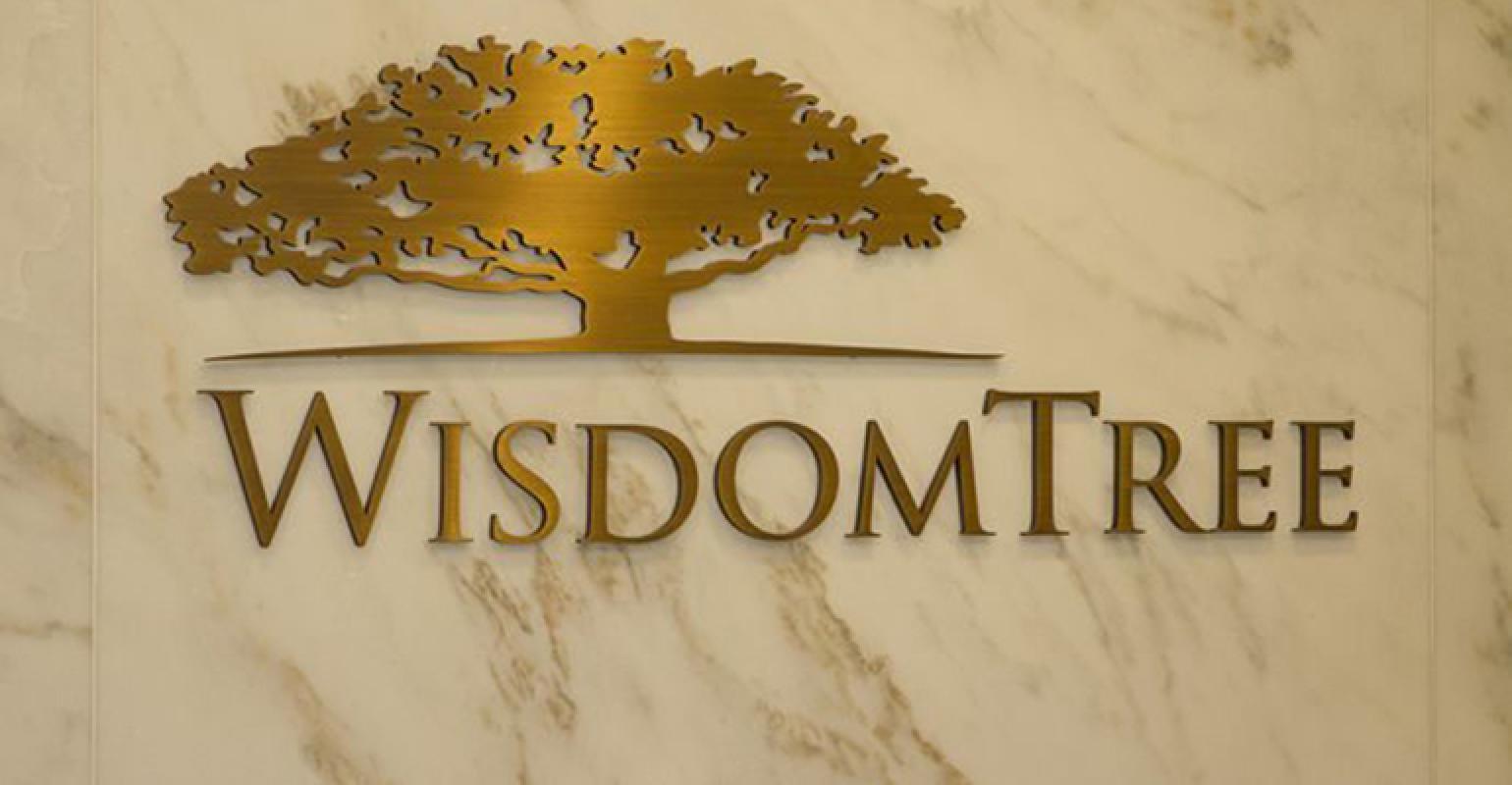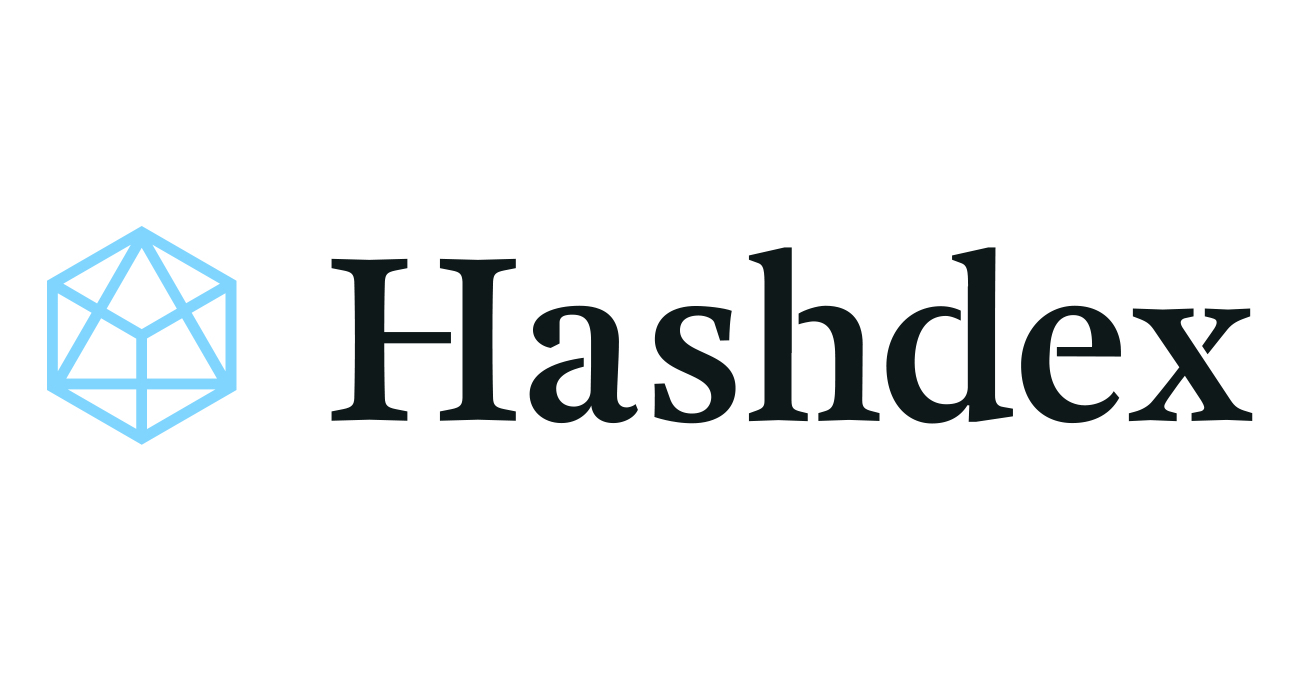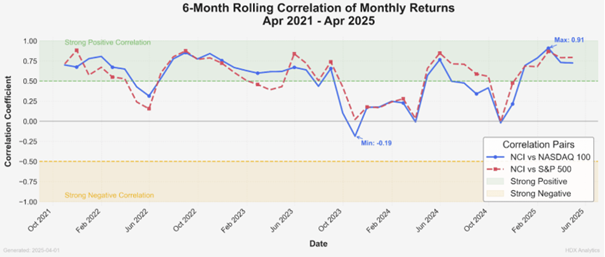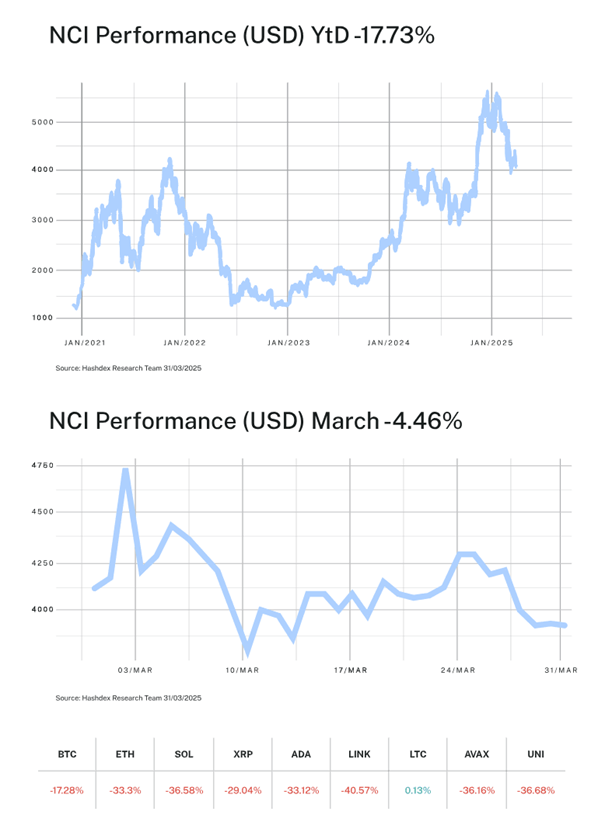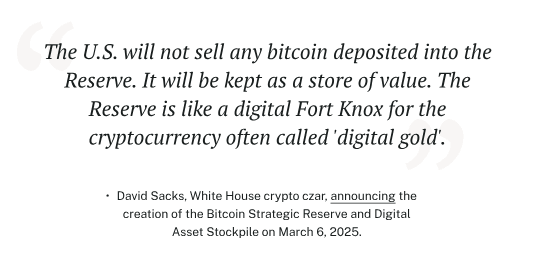Global markets, led largely by US equities, have been treated to a fairly robust period since the Global Financial Crisis of 2008-09. As 2019 begins, investors are beginning to think about what might happen if that next recession actually materializes, as the US has undergone what is now close to the longest ever economic expansion in the post World War Two period. Importantly, measures of volatility indicate a higher overall level of risk, relative to either the start of 2017 or the start of 2018.
In such environments, we believe that investors might be thinking about positioning their investment strategies in a more defensively-oriented manner. There still could be good reason to hold risky assets, as late cycle rallies can and do occur, but it may now be more important to mitigate downside risk.
We’d cite the age-old investment truism—if a portfolio loses 50% of its value, what is the rate of return required to get back to even? While many might initially say “50%”, the true answer is 100%. Strategies that lead to the potential for less negative returns in tougher markets can therefore be quite valuable.
At WisdomTree, we can think of four primary means to mitigate the risk that a given strategy drops significantly in a given downturn. Unfortunately, they don’t always work to the same degree and they aren’t guaranteed to work across every market downdraft, but they are important to keep in mind nonetheless.
Strategy 1: Find historically low valuations.
When investors locate valuations that are at or near historic lows, this can be an important signal that a lot of risks that may be dominating the headlines have been priced in. Another way to think of this is that all the reasons to worry have already caused the market in question to decline, so absent even more, new and surprising reasons to worry, it could be tough for that market to decline further. There is word commonly associated with this type of strategy: Contrarian.
Possible markets to consider on this basis: Emerging markets, Italian equities—particularly Italian financial sector, and Japanese equities.
Strategy 2: Find high dividend yielding stocks
One aspect of this strategy considers that, in equities, there is always a dividend component and a price component of a given total return calculation. The dividend component, at worst, can be zero, in that there are no dividends, whereas the price component can clearly be positive, zero, or negative. A strategy focused on higher yielding stocks is tilting more of the total return’s generation towards dividends and way from prices, and, since the dividend component of the return is less volatile, this is one way to lower the risk of an equity strategy.
The other aspect to consider regards the fact that higher yielding stocks tend to be found in more defensively oriented sectors, such as utilities. Tilting exposure toward these sectors can be another potential avenue through which the total risk of an equity strategy can be lowered.
Possible markets to consider on this basis: Emerging markets equities, European equities, and US equities.
Strategy 3: Sell assets that have positive price correlation to volatility
Using history as our guide, when equity markets enter severely negative trends, it has been typical to see measures like the Cboe Volatility Index (VIX) spike in the upward direction. The VIX has an important signalling capability, in that it indicates the forward-looking expectations of future volatility for the S&P 500. If the VIX is higher, it means that forward-looking expectations of volatility are expected to be higher. Certain assets like put options that have the S&P 500 as their underlying index would tend to see their prices rise in accordance with the rising VIX levels.
There is a well-known strategy where one can sell put options on the S&P 500, thereby collecting the premiums. The case for any put-writing strategy is of course directly tied to the underlying index upon which the options themselves are being written. If the premiums can tend to rise along with a rising VIX, what this indicates is a potential for the cushioning of downside risk during tougher market environments.
In the US, equities had reached record highs in early October of 2018 and valuations were quite high relative to other global markets. Record high prices and high relative valuations do tend to give investors more cause for concern to worry about downside risk, and this concern in our view is a critical catalyst for considering a put writing strategy.
Possible markets to consider on this basis: US equities.
Strategy 4: Don’t forget about traditional “safe haven” assets
Each of the first three strategies takes an approach to lower the risk of a given exposure either to equities directly or to something with high correlation to equities. We recognize that as volatility picks up, holding equities may become a less desirable approach whether or not is using some form of risk mitigation within the approach.
If volatility is increasing due to the perception of increased geopolitical risk, gold may be worth considering. Historically, when investors have been concerned about unexpected events or surprised by the direction politics takes in a major country, gold has been associated with delivering a differentiated return stream as compared to equities.
Another avenue might regard certain currencies, such as the US Dollar or Japanese Yen. These currencies have indicated a capability to increase in value as volatility has increased.
Possible markets to consider on this basis: Gold, US Dollar, Japanese Yen
Due to recent events, we have focused here on more defensively-oriented angles here. If investors are uncertain in their 2019 positioning, these approaches may lower their overall portfolios risk. For more information, visit WisdomTree.com.
DISCLAIMER
The content on this document is issued by WisdomTree UK Ltd (“WTUK”), which is authorised and regulated by the Financial Conduct Authority (“FCA”). Our Conflicts of Interest Policy and Inventory are available on request.

 Nyheter2 veckor sedan
Nyheter2 veckor sedan
 Nyheter4 veckor sedan
Nyheter4 veckor sedan
 Nyheter2 veckor sedan
Nyheter2 veckor sedan
 Nyheter3 veckor sedan
Nyheter3 veckor sedan
 Nyheter4 veckor sedan
Nyheter4 veckor sedan
 Nyheter6 dagar sedan
Nyheter6 dagar sedan
 Nyheter2 veckor sedan
Nyheter2 veckor sedan
 Nyheter2 veckor sedan
Nyheter2 veckor sedan
